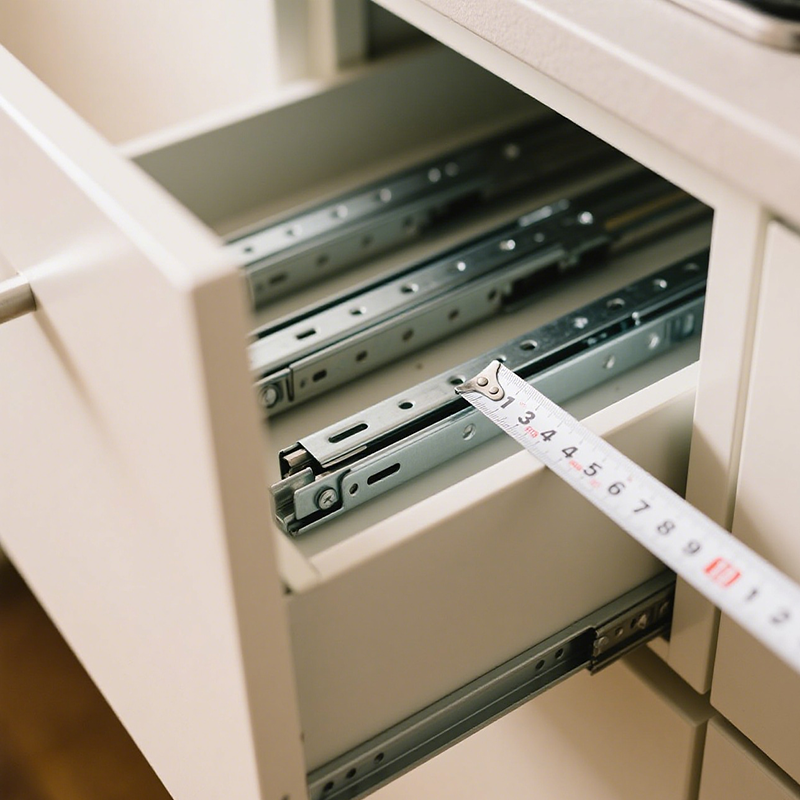Deep Dive: Application Scenarios of Different Sliding Rail Types

Sliding rails, essential for connection and movement, serve diverse purposes across various industries. Their unique features determine optimal usage scenarios. Here’s a concise comparison to guide your selection.
1. Home Use: Blending Comfort and Functionality
- Undermount Sliding Rails: Ideal for modern kitchens and closets, these rails hide beneath drawers, resisting dirt and grease while supporting heavy loads. However, their complex installation and higher cost make them better suited for professional installations and high – end furniture.
- Ball – Bearing Sliding Rails: Popular in bedrooms and studies, they ensure silent and smooth operation. But with limited load – bearing capacity and high maintenance needs in harsh conditions, they aren’t suitable for kitchens or balconies.
- Hanging Sliding Rails: Perfect for custom closets, they allow flexible clothing organization. Yet, strict hanger requirements and precise installation limit their use in standardized furniture.
2. Industrial Applications: Prioritizing Load – Bearing and Precision
- Roller Sliding Rails: In heavy – duty industries like warehousing, their robust design handles tons of cargo efficiently. However, high costs and installation precision requirements make them a choice for large enterprises with high – efficiency demands.
- Dovetail Sliding Rails: Vital in machining for precision, they withstand heavy loads but require frequent cleaning due to debris accumulation. Their high friction also restricts high – speed applications, making them ideal for precision – focused manufacturing.
- High – Temperature/ Dust – Proof Sliding Rails: Specialized for extreme environments, high – temperature rails endure heat in metallurgy, while dust – proof ones protect against debris in mining. But high costs and performance trade – offs limit their widespread use.
3. Smart Devices: Integrating Technology and Convenience
- Smart Sensor Sliding Rails: Innovating smart homes and offices, they enable automated functions. However, vulnerability to electrical failures and high maintenance costs restrict them to stable, high – end environments.
- Electric Sliding Rails: Boosting efficiency in offices and hospitals, they allow remote control. Yet, energy consumption and maintenance needs make them less suitable for cost – sensitive or hard – to – maintain settings.
In conclusion, choosing the right sliding rail requires considering environment, load, cost, and maintenance. This ensures maximum value across home, industrial, and smart applications.
